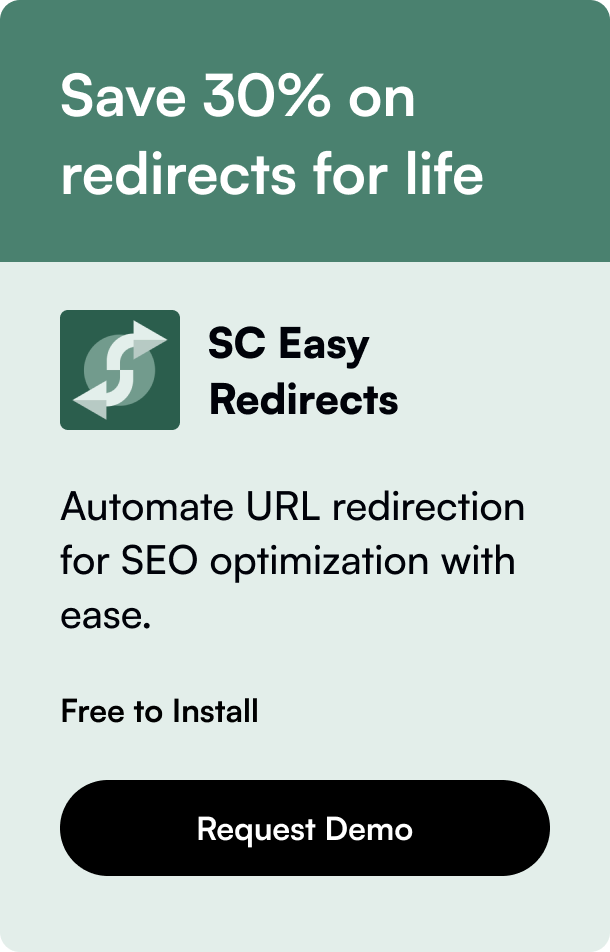Table of Contents
- Introduction
- Why Integrate Shopify with Amazon?
- Getting Started: The Prerequisites
- Step-by-Step Guide to Linking Shopify and Amazon
- Advanced Integration Tips
- Conclusion
- FAQs
In the era of e-commerce supremacy, leveraging the combined power of leading platforms like Shopify and Amazon can significantly bolster your online sales. Whether you're an established e-commerce entrepreneur or just starting out, understanding how to integrate your Shopify store with Amazon is a pivotal strategy for amplifying your market reach and enhancing sales revenue. This comprehensive guide aims to navigate you through the nitty-gritty of linking your Shopify store to Amazon seamlessly.
Introduction
Did you know that Amazon commands a whopping share of the online retail market, while Shopify offers unparalleled e-commerce tools for entrepreneurs? Imagine the exponential growth your business could achieve by combining the strengths of these two giants. This integration not just opens the floodgates to Amazon's vast customer base but also simplifies managing inventories, orders, and customer relations through Shopify's intuitive interface. But how exactly do you make this promising alliance work to your advantage?
This blog post is engineered to be your end-to-end manual on effectively connecting your Shopify store to Amazon. From the prerequisites and step-by-step procedures to optimizing product listings and tapping into advanced integration features, we'll cover the entire landscape. Read on to transform your e-commerce strategy and unlock new levels of online retail success.
Why Integrate Shopify with Amazon?
Before diving into the "how," let's understand the "why." Integrating your Shopify store with Amazon can significantly enhance your business's outreach and efficiency. Here are the compelling reasons:
- Access to a Wider Audience: Amazon's immense, global customer base can remarkably increase your products' visibility.
- Streamlined Operations: Manage your sales, inventory, and customer interactions from a unified Shopify dashboard, simplifying your operations.
- Enhanced Credibility: Featuring your products on Amazon, a trusted marketplace, can boost your brand's credibility and attract more customers.
Getting Started: The Prerequisites
To ensure a smooth integration process, there are certain prerequisites you must meet:
- Amazon Professional Seller Account: A prerequisite for integrating with Shopify, offering access to essential tools for managing your Amazon storefront.
- Compliance with Amazon's Policies: Make sure your products adhere to Amazon's selling policies to avoid any hiccups in listing them on the marketplace.
- Optimized Product Listings: High-quality images, compelling product descriptions, and competitive pricing are crucial for standing out on Amazon.
Step-by-Step Guide to Linking Shopify and Amazon
Step 1: Set Up Your Amazon Professional Seller Account
Begin by signing up for an Amazon seller account if you haven't already. Opt for the professional seller option, which provides tools necessary for a successful integration.
Step 2: Add Amazon as a Sales Channel in Shopify
Navigate to the "Sales Channels" section in your Shopify admin panel, and add Amazon as a new channel. This will require you to authorize Shopify to access your Amazon Seller Account.
Step 3: Configure Your Listings
Map your existing Shopify products to Amazon listings or create new ones directly from Shopify. This involves selecting the appropriate product categories and detailing the product attributes as per Amazon's requirements.
Step 4: Manage Inventory and Fulfill Orders
Utilize Shopify's inventory management features to sync your product stock levels with Amazon. When an order is placed on Amazon, fulfill it directly through Shopify's dashboard to streamline your operations.
Step 5: Monitor and Optimize Your Performance
Leverage Amazon's analytics tools alongside Shopify's insights to track your sales performance, customer behavior, and other critical metrics. Use this data to refine your marketing and sales strategies for optimal results.
Advanced Integration Tips
- Leverage Fulfilled by Amazon (FBA): To further streamline your order fulfillment process, consider using Amazon's FBA service. This allows you to store your products in Amazon's fulfillment centers, where they take care of shipping and customer service.
- Optimize for Amazon SEO: Just like optimizing your Shopify store for search engines, you should apply SEO best practices to your Amazon listings to improve their visibility.
- Run Amazon Advertising Campaigns: Boost your product visibility on Amazon by investing in Amazon's advertising solutions, targeting relevant keywords, and audiences.
Conclusion
Combining the robust e-commerce platform of Shopify with Amazon's colossal marketplace can propel your business to unprecedented heights. By following the steps outlined in this guide and continuously optimizing your integration strategy, you're well on your way to unlocking a new realm of online retail success. Remember, the e-commerce landscape is ever-evolving, so staying adaptable and informed will be key to leveraging the full potential of your Shopify and Amazon integration.
FAQs
-
Do I need to pay extra for integrating Shopify with Amazon?
- Integrating Shopify with Amazon requires a Professional Seller account on Amazon, which comes with a monthly fee. Shopify does not charge additional fees for adding Amazon as a sales channel.
-
Can I manage Amazon FBA inventory through Shopify?
- Yes, you can manage your FBA inventory directly through Shopify's dashboard, streamlining your order fulfillment process.
-
How quickly do changes made in Shopify reflect on Amazon?
- Changes made in Shopify, such as inventory updates or product information edits, typically sync with Amazon almost in real time, although there might be slight delays depending on the specific integration solution used.
-
Is it possible to integrate multiple Amazon marketplaces with Shopify?
- Yes, you can integrate multiple Amazon marketplaces by adding them as individual sales channels within Shopify, allowing you to manage different regional Amazon stores from one Shopify account.
By integrating your Shopify store with Amazon, not only do you optimize your operations and extend your market reach, but you also set the stage for a thriving e-commerce ecosystem that is more than the sum of its parts.








